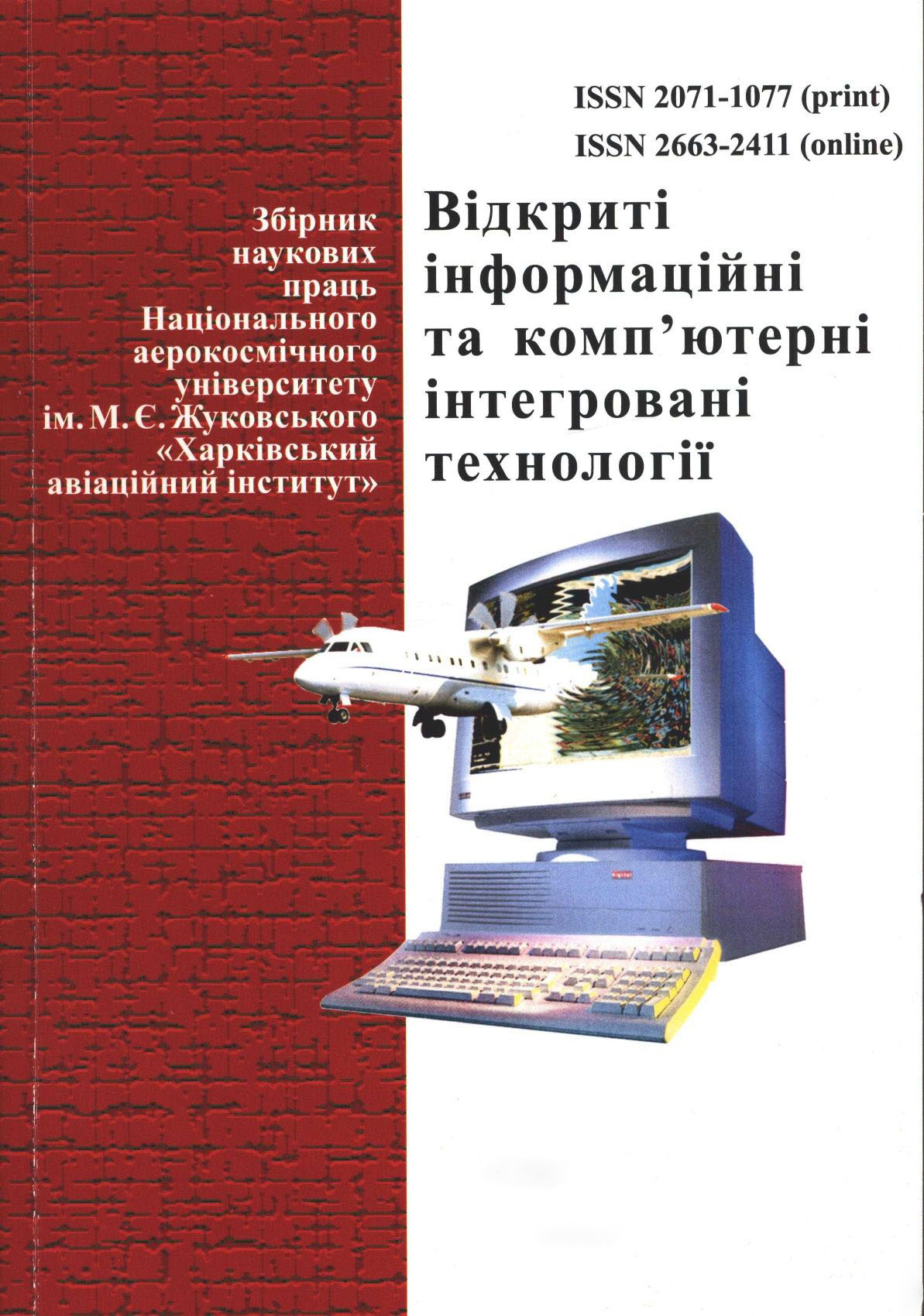Оцінка напруженого стану клейових з'єднань на основі одновимірної дискретної моделі

Открыть
Дата
2025Автор
Гагауз, Ф.М.
Вамболь, О.О.
Кривенда, С.П.
Павленко, В.М.
Пургіна, С.М.
Metadata
Показать полную информациюАннотации
У тонкостінних конструкціях клейовим способом можуть з'єднуватися деталі постійної або змінної товщини, що сприймають стискаючі або розтягуючі зусилля в комбінації зі зсувом або без нього. У типових адгезійних з'єднаннях клейовий шар, забезпечуючи передачу зусиль між деталями, працює в умовах складного напружено-деформованого стану – в елементарному об’ємі клею діють усі шість компонентів напружень, які змінюються по довжині, ширині та товщині клейового шару. Складність аналітичної оцінки такого тривимірного напруженого стану зумовила появу ряду розрахункових моделей адгезійних з’єднань, які побудовані на різних припущеннях, що стосуються, як правило, характеру розподілу нормальних та дотичних напружень у деталях та клеї.
В роботі розглянуто чисельний метод для розрахунку напружень в адгезійних з’єднаннях. За основу взято одновимірну модель клейового з’єднання, яка спирається на гіпотезу о рівномірному розподілі напружень по товщині з’єднуваних деталей і клейового шару. Запропонований чисельний метод розрахунку клейового з’єднання оснований на декомпозиції деталей та з’єднувального шару на окремі ділянки, у межах яких напружено-деформований стан вважається постійним. Основна перевага даного підходу полягає в тому, що система диференціальних рівнянь зводиться до системи лінійних алгебраїчних рівнянь. Досліджено вплив параметрів дискретної моделі (кількості дискретних в’язів та кроку їх розташування) на точність числового рішення. Для більш точного моделювання клейових з’єднань запропоновано використання дискретної одновимірної моделі, яка характеризується нерівномірним розташуванням дискретних в’язів, що дозволило врахувати нерівномірність розподілу дотичних напружень уздовж з’єднання та підвищити точність обчислень. Проведено параметричне дослідження для порівняння розглянутої дискретної моделі клейового з’єднання з аналітичною моделлю з’єднання внапуск, а також з двовимірною моделлю, побудованою за допомогою методу скінчених елементів. Проаналізовано вплив моделі з’єднувального шару на збіжність чисельного рішення. Adhesive bonding in thin-walled structures can be used to join structural elements of constant or variable thickness that withstand compressive or tensile forces in combination or without shear forces. In typical adhesive joints, the adhesive layer, which ensures the transfer of forces between the parts, operates under conditions of a complex stress-strain state - in the representative volume of the adhesive all six stress components act, which vary along the length, width, and thickness of the adhesive layer. The challenges of the analytical assessment of such a three-dimensional stress state have led to the development of a number of analytical models for adhesive joints, based on various assumptions, usually concerning the character of the distribution of normal and shear stresses in the joined parts and the adhesive.
This paper presents a numerical method for calculating stresses in adhesive joints. It is based on a one-dimensional model of an adhesive joint, which assumes uniform distribution of stresses across the thickness of the joined parts and the adhesive layer. The proposed numerical method for calculating an adhesive joint is based on the decomposition of the joined parts and the adhesive layer into separate sections, within which the stress-strain state is considered constant. The main advantage of this approach is that the system of differential equations is reduced to a system of linear algebraic equations. The influence of the discrete model parameters (the number of sections and the step of their arrangement) on the accuracy of the numerical solution is investigated. For more accurate modeling of adhesive joints, it is proposed to use a discrete one-dimensional model, which is characterized by an uneven arrangement of discrete ties, which made it possible to take into account the uneven distribution of shear stresses along the joint and to increase the accuracy of calculations. A parametric study was conducted to compare the proposed discrete model of an adhesive joint with an analytical model of the lap joint, as well as with a two-dimensional model created using the finite element method. The influence of the approach to modelling the adhesive layer on the convergence of the numerical solution is analyzed.
